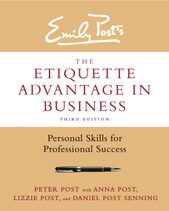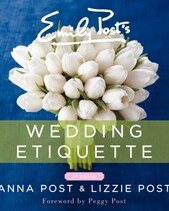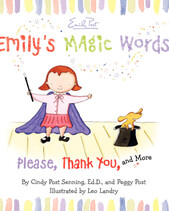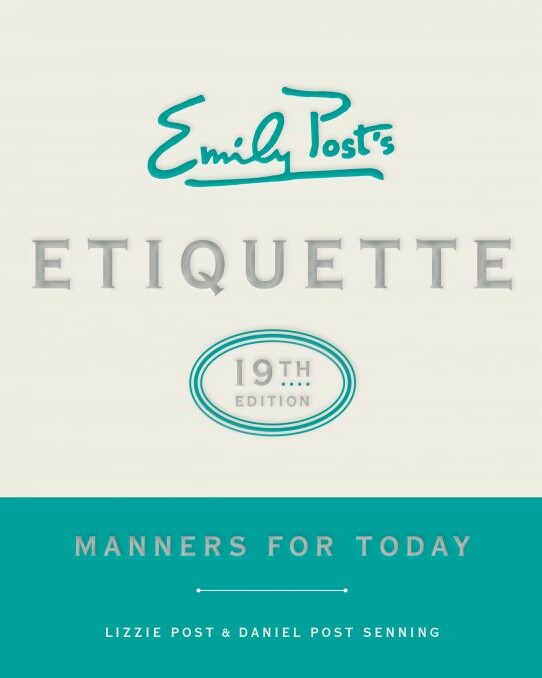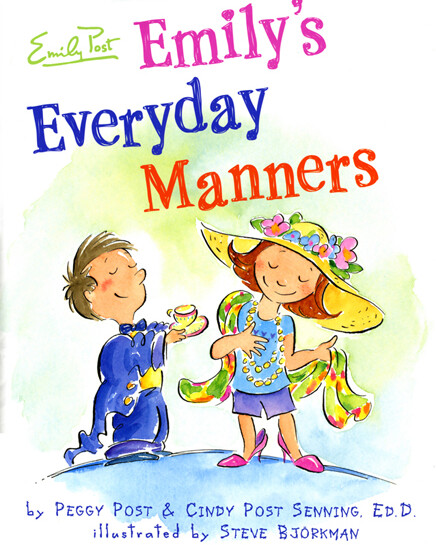Important Manners for Driving

Driving the kids to practice, commuting to work, running errands—many people spend a good part of their day in their cars. In today's world, rudeness compromises safety in more ways than one.
Developing patience and practicing defensive driving will make you a safer and more courteous driver.
Good Manners = Safety
Safety always comes first. But in many cases, actions that keep you safe are also courteous. Here are six important safety reminders:
- Always wear your seat belt and insist that your passengers do.
- Never drink and drive. These safeguards are the most thoughtful acts of all as they can save lives.
- Driving a car requires your full attention. Distractions, such as putting on makeup, snacking, using your iPod, texting, or chatting on a cell phone, interfere with your ability to respond physically and mentally.
- Signal your intentions. Using your turn signals before turning a corner or switching lanes is a must.
- Drive at the speed limit. Driving too slowly can also cause accidents.
- Keep some distance between you and the car ahead of you. Tailgating is both aggressive and a sure way to rear-end someone who stops suddenly.
Driving Don'ts
Individual drivers have their own particular pet peeves, but the following behaviors by either aggressive or clueless drivers can aggravate even patient drivers:
- Blocking the passing lane for more than a reasonable amount of time.
- Speeding up when you're being passed.
- Driving in the breakdown lane to pass a long line of stopped traffic.
- Daydreaming at a stoplight after it turns green.
- Making left turns from the right lane, or vice versa.
- Not using turn signals.
- Creeping along while talking on a cell phone.
- "Blocking the box," or becoming stuck in the middle of an intersection.
Always remind yourself not to take traffic problems personally. Never focus your generalized anger on a single incident, which could become the flash point for a dangerous encounter.
Merging Manners
Merging should be simple and efficient. Stay in your lane until it's time to merge, then take turns with cars in the other lane to keep things moving. When you're trying to enter traffic, be sure there's truly enough time and space.
"Beep Beep!"
Your horn is an important device that's there to be used—when it's really necessary. Unless safety is at risk, there is no call to lean on your horn, no matter how frustrated you are. Honking briefly to alert another driver to a light change or other "heads up" is okay. Here's what your horn is saying for you:
- A succession of short, light beeps: "Hi!"
- A quick little beep: "Heads up—I'm here!"
- A slightly louder, slightly longer beep: "Hey, the light's been green for ten seconds" or "Watch it!"
- A longer blast, repeated several times: "Come on, let's go—you're taking way too long."
- A long, nonstop blast: "I'm really angry and I've lost control."
When you start taking your frustration out by using your horn, it's a sign you've crossed the line.
Be Considerate of Your Passengers
It can be nerve-racking to be a passenger in a car that's being driven too fast: You're not the one at the wheel, and essentially you have no control over your safety. When you're the driver, be aware of your passengers' comfort levels. Also, as the driver, you set the tone in the car. Ask if everyone is okay with the temperature, volume of the radio, or station being played. On long drives, ask when services areas approach or check in every hour or so to see if anyone needs a break.
Handling a Backseat Driver
You know the type: They question your every move and offer unsolicited advice. It's distracting and annoying, and there's no perfect retort that will silence your critic. Ignoring it or using humor are your best bets, but if it's more than you can handle, say, "When you're the driver, you get to make the calls. It's hard for me to focus with all these suggestions."
Slowing Down and Pulling Over
Rubbernecking—slowing to a crawl to check out an accident—is disrespectful to the victims, a hindrance to those trying to help, and a sure way to cause a traffic backup. Yes, you should slow down so you don't endanger anyone, but keep moving.
If you encounter a funeral cortege, it's respectful to pull over to the side of the street until the cars have passed. The idea is to do what you can to keep the cars in the procession together.
Parking Etiquette
It's rude to take up two spaces or to cram an SUV or other large vehicle into a space reserved for compacts. If someone is waiting to turn into a parking space, don't steal it. Nor should your passenger stand in an empty space to save it. Make sure you leave enough room on both sides for passengers to get out without bumping the adjacent car.
At the Gas Pump
Approach slowly, and don't leave your car parked at the pump while you pop inside to do additional shopping or use the restroom. Park to the side instead to give someone else a chance at the pump.
Taking Responsibility
Accidents do happen, and when they do, do the right thing. If no one's around and you bump the car next to you or accidentally take off someone's side mirror, leave a note with your name and number to handle insurance with the owner. It's also important to be a responsible borrower. Return the vehicle in exactly the same condition it was borrowed, plus a full tank of gas.

